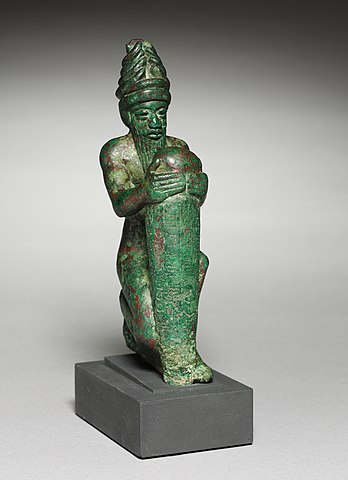Copper alloys are materials composed primarily of copper and one or more other elements. These alloys are widely used in various industries due to their unique combination of properties and advantages. Here’s all you need to know about copper alloys and their benefits:
Common Elements in Copper Alloys:
Copper alloys can contain various elements, with each alloy tailored to specific applications. Some common alloying elements include:
- Tin: Often used in bronze alloys.
- Zinc: Used in brass alloys.
- Aluminum: Present in some aluminum bronzes.
- Nickel: Found in nickel-copper alloys (cupronickels).
- Silicon: Used in some copper-silicon alloys.
- Beryllium: Present in copper-beryllium alloys.
Advantages of Copper Alloys:
- Excellent Conductivity: Copper is one of the best conductors of electricity and heat. Copper alloys maintain this high electrical and thermal conductivity while offering additional benefits.
- Corrosion Resistance: Many copper alloys, including brass and bronze, exhibit excellent resistance to corrosion, making them suitable for various outdoor and marine applications.
- Strength: Copper alloys can be engineered to have high tensile strength and hardness, making them suitable for structural and load-bearing applications.
- Machinability: Copper alloys are relatively easy to machine, allowing for precise manufacturing of components and parts.
- Antimicrobial Properties: Copper and certain copper alloys, like copper-nickel, have natural antimicrobial properties. They can help inhibit the growth of bacteria and other microorganisms, making them suitable for use in healthcare settings and touch surfaces.
- Ductility: Copper alloys are highly ductile, meaning they can be easily shaped, formed, and fabricated into various complex geometries without losing their properties.
- Aesthetic Appeal: Some copper alloys, such as bronze, have a distinctive appearance and are valued for their aesthetic qualities. They can be used in decorative and artistic applications.
Common Copper Alloys:
Brass (Copper-Zinc):
- Brass is a versatile alloy with varying compositions of copper and zinc.
- It is corrosion-resistant, easy to machine, and used in musical instruments, plumbing, and decorative applications.
Bronze (Copper-Tin):
- Bronze is known for its durability and resistance to corrosion.
- It is used in sculptures, bearings, bushings, and historical artifacts.
Cupronickel (Copper-Nickel):
- Cupronickel alloys, such as 90/10 and 70/30, contain varying amounts of copper and nickel.
- They are corrosion-resistant and used in marine applications, coinage, and heat exchangers.
Copper-Beryllium (CuBe):
- Copper-beryllium alloys are known for their high strength, hardness, and electrical conductivity.
- They find use in aerospace, automotive, and electronics industries.
Copper-Aluminum (Aluminum Bronzes):
- Aluminum bronzes contain copper and aluminum, offering excellent corrosion resistance and high strength.
- They are used in marine environments, chemical processing, and industrial equipment.
Copper alloys continue to be essential materials in industries ranging from electronics and construction to transportation and healthcare. Their versatility, durability, and unique properties make them indispensable for a wide range of applications.










